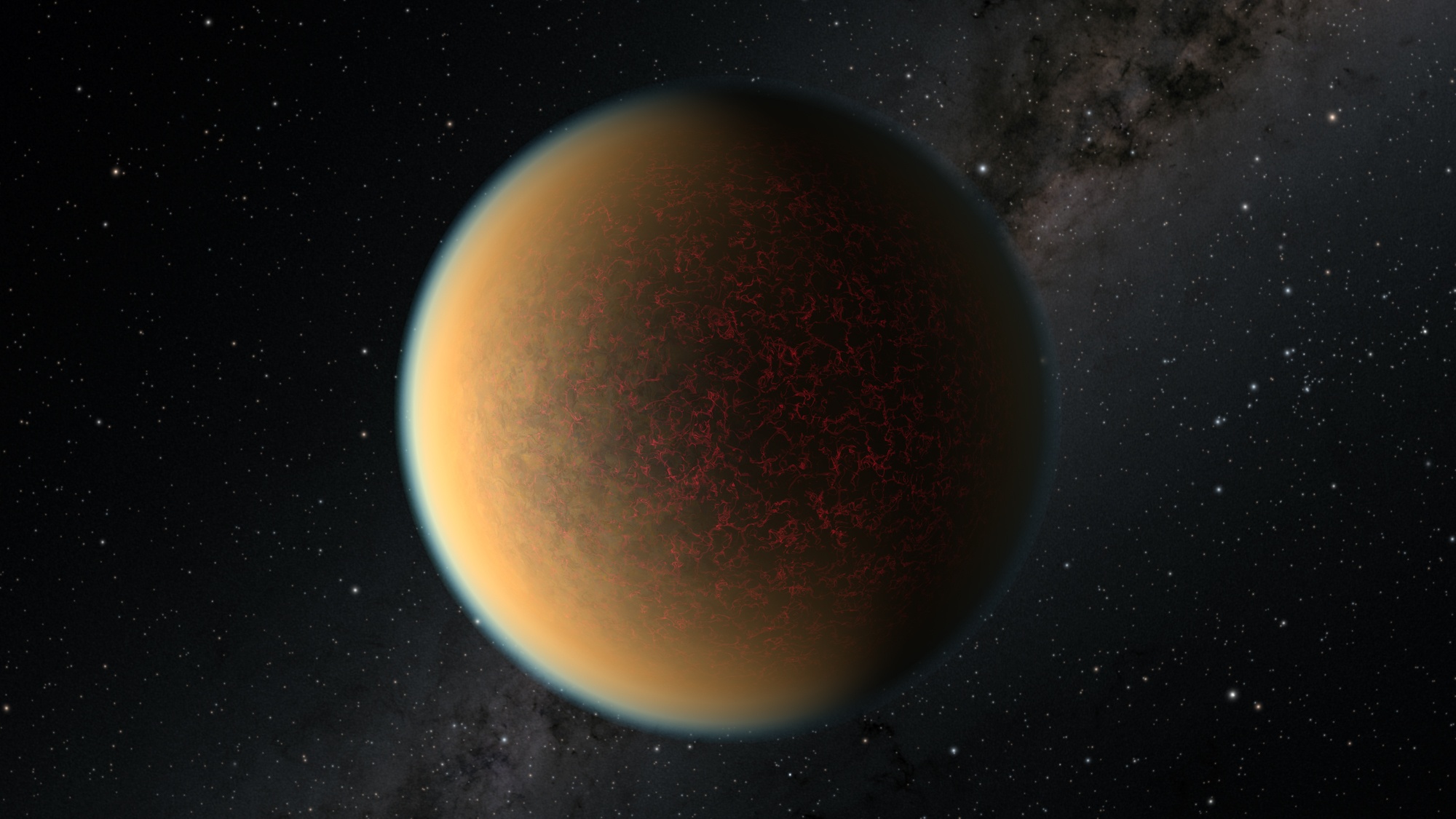A red-dwarf star called Gliese 1132 or GJ 1132 for short (astronomers and their fun nicknames!) smolders on some 41 light-years from the sun in the southern constellation Vela, just a few degrees away from the southern cross. In 2015, astronomers using the MEarth South telescope array at Cerro Tololo Inter-American Observatory (CTIO) in Chile found an Earth-sized planet orbiting extremely close to the little red star. Known as GJ 1132b, the planet orbits in a blistering 1.6 days. Its original hydrogen and helium atmosphere is thought to have long since been blown away by the powerful stellar winds experienced by the planet due to its extreme proximity to its parent. New observations from the Hubble Space Telescope revealed a surprise from the speedy exoplanet; it seems to have re-formed an atmosphere!
Continue reading “A Planet Lost Its Atmosphere, So Its Volcanoes Made It a New One”
